Solving Ventilation Challenges: Metal Deck Profiles and Back Draft Dampers as Key Solutions
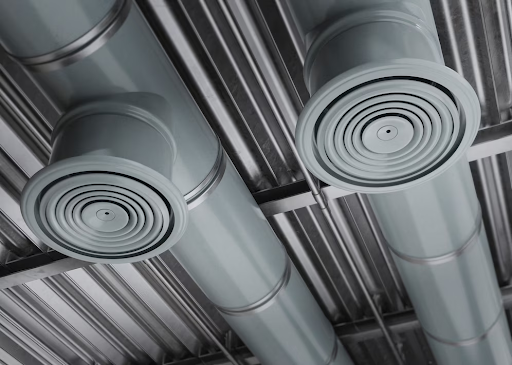

Brian Jeffries
Brian Jeffries, a seasoned BPA Advisor. Brian is dedicated to sharing his wealth of knowledge on construction projects and materials. With a focus on architecture and building envelopes, Brian contributes valuable insights that shape the discourse around innovative construction practices and materials.
When it comes to building design and construction, ventilation is a critical factor that often presents significant challenges. Proper ventilation is essential for maintaining indoor air quality, controlling temperature, and ensuring occupant comfort and safety. In this article, we will explore how metal deck profiles and back draft dampers are key solutions for addressing ventilation challenges in various building applications.
1. Metal Deck Profiles: Enhancing Airflow Efficiency
Metal deck profiles, often made of steel or aluminum, play a crucial role in optimizing ventilation systems within a building. These profiles are typically installed as part of a building's roofing system and are designed to enhance the overall airflow efficiency.
One of the primary advantages of metal deck profiles is their ability to create well-defined air channels. These profiles feature corrugations or flutes that provide a structured path for air to move through, reducing turbulence and pressure drops. This design not only enhances the efficiency of ventilation systems but also helps to minimize energy consumption, as fans and HVAC systems can operate more smoothly.
Metal deck profiles can be customized to suit specific ventilation requirements. Builders can choose from various profiles with different shapes, depths, and spacing to achieve the desired airflow characteristics. For instance, deeper corrugations may be suitable for applications requiring higher airflow rates, while shallower profiles can be used for more controlled ventilation.
2. Back Draft Dampers: Preventing Unwanted Airflow Reversal
One of the common challenges in ventilation systems is unwanted airflow reversal, often referred to as backdraft. Backdraft occurs when air flows in the opposite direction than intended, potentially carrying contaminants or interfering with the effectiveness of the ventilation system.
Back draft dampers are critical components designed to address this challenge. These dampers are installed within the ventilation system to ensure that air only moves in the desired direction. When airflow reverses due to factors like wind pressure or stack effect, the back draft damper closes automatically, preventing the unwanted flow of air.
These dampers come in various designs, including gravity-operated and spring-loaded variants. Gravity-operated dampers are simple and reliable, using the force of gravity to close the damper when backdraft occurs. Spring-loaded dampers, on the other hand, offer more control and can be adjusted to open or close at specific airflow thresholds.
3. Balancing Dampers: Achieving Precise Airflow Control
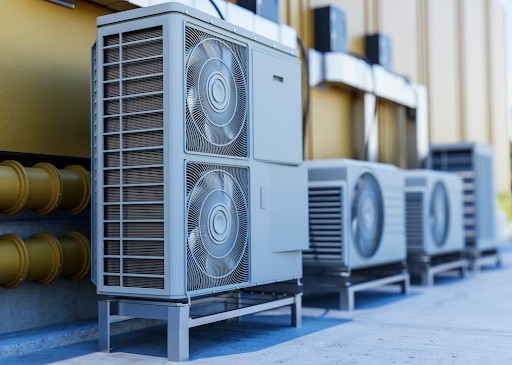
Balancing dampers are another essential solution for addressing ventilation challenges. These dampers allow for the fine-tuning of airflow rates within different sections of a building or HVAC system. Achieving proper airflow balance is crucial for maintaining consistent indoor conditions and preventing over-ventilation or under-ventilation.
Balancing dampers are typically installed at key points in the ventilation ductwork. They can be manually adjusted or equipped with automatic controls to achieve precise airflow control. By regulating airflow to specific zones, rooms, or areas, these dampers ensure that conditioned air is distributed evenly, leading to improved indoor comfort and energy efficiency.
4. Louvers: Controlling Intake and Exhaust
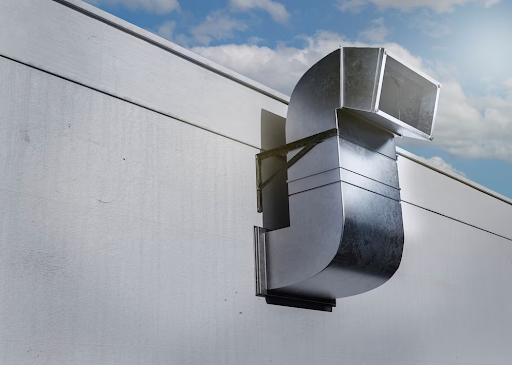
In many ventilation systems, louvers play a critical role in controlling the intake and exhaust of air. Louvers are designed with slatted openings that can be adjusted to allow or restrict airflow. They are commonly used in HVAC systems, industrial facilities, and buildings to regulate the flow of outdoor air and prevent the entry of unwanted elements such as rain, snow, or debris.
Louvers come in various shapes and configurations to meet specific ventilation needs. They can be equipped with motorized controls or operated manually, providing flexibility in adjusting airflow rates and directions. Louvers are especially useful in applications where natural ventilation is desired, as they enable the precise management of fresh air intake and stale air exhaust.
5. Computational Fluid Dynamics (CFD) Analysis: Optimizing Ventilation Design
While the physical components mentioned above are crucial for addressing ventilation challenges, modern technology offers an advanced solution in the form of Computational Fluid Dynamics (CFD) analysis. CFD is a simulation technique used to model and analyze airflow patterns, temperature distribution, and contaminant dispersion within a building.
CFD analysis allows designers and engineers to optimize ventilation system designs by predicting how air will move within a space under different conditions. By simulating airflow and assessing factors like airspeed, temperature gradients, and pollutant dispersion, CFD analysis helps ensure that ventilation systems are both efficient and effective.
In conclusion, addressing ventilation challenges in building design and construction is essential for maintaining indoor air quality and occupant comfort. Metal deck profiles, back draft dampers, balancing dampers, louvers, and CFD analysis are key solutions that contribute to achieving efficient and effective ventilation systems. By incorporating these solutions into building projects, architects and engineers can create spaces that are not only comfortable but also environmentally friendly and energy-efficient.
Get Smarter About Building Products
Join 50,000+ subscribers and get our 3 min daily newsletter on what matters in the building materials industry.
You might like this


Toolbox Treasures: Exploring Must-Have Construction Components
Constructing a building, whether it’s a towering skyscraper or a cozy home, is a complex puzzle that requires a skilled hand and the right set of tools. In the world of construction, having the right components in your toolbox can make all the difference. From sealers that protect against the elements to essential hardware that […]
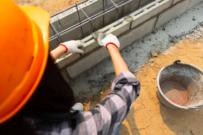

7 Advantages of Insulated Concrete Forms (ICFs) in Sustainable Construction
In the ever-evolving landscape of construction, the emphasis on sustainable building practices has become paramount. Among the innovative solutions revolutionizing the industry, Insulated Concrete Forms (ICFs) stand out as a versatile and eco-friendly alternative, offering a myriad of advantages in the realm of sustainable construction. 1. Energy Efficiency at its Core At the heart of […]
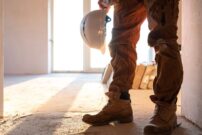

Clean & Safe: Mastering Jobsite Cleanup for a Secure Workplace
A well-organized and clean job site is not just a matter of appearances- it plays a crucial role of ensuring safety and security to any jobsite. A tidy space reduces the chances of accidents, promotes better focus, and boosts employee morale. Plus, it sends a clear message that the organization values the health and safety […]